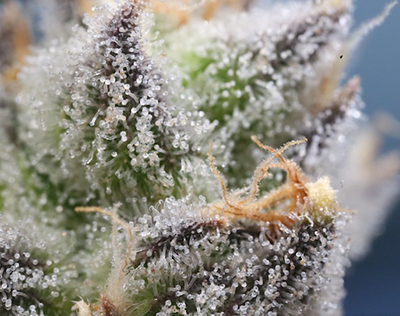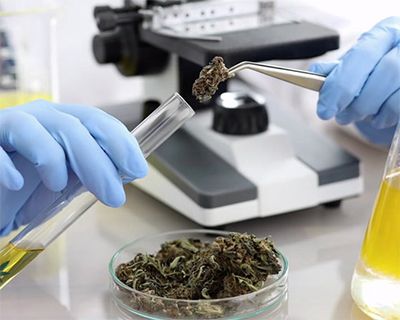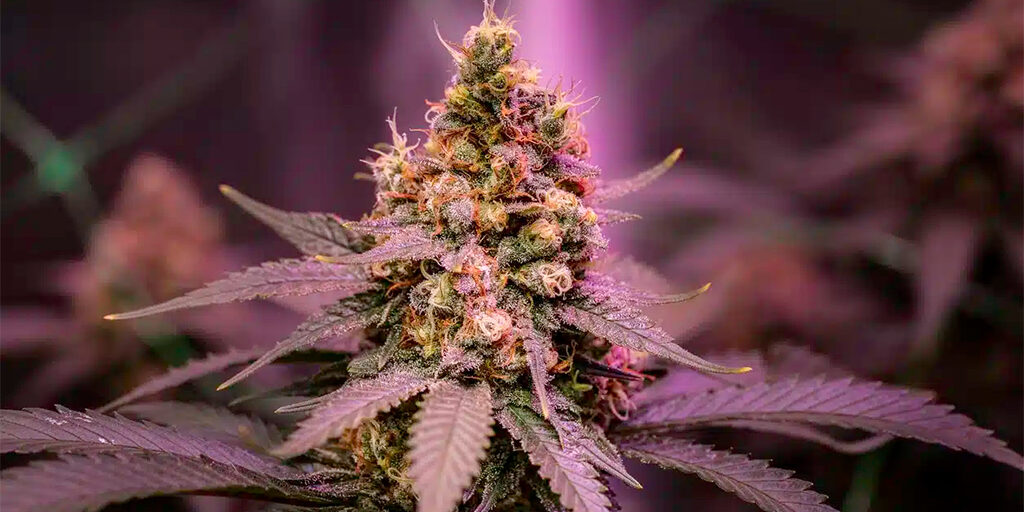Cannabis, once shrouded in stigma, has emerged into the spotlight as a versatile plant with myriad benefits. Among its various forms, cannabis flower stand out as the most popular choice for consumption. However, not all cannabis flowers are created equal. Just as with wine or gourmet cuisine, discerning consumers seek quality and depth of experience. Whether you’re a seasoned enthusiast or a curious newcomer, understanding what to look for in a cannabis flower can elevate your consumption journey to new heights.
Appearance
 The first impression of a cannabis flower often comes from its appearance. A visually appealing bud can hint at its quality and potency. Look for vibrant colors, ranging from deep greens to purples, oranges, and even blues. Healthy cannabis flowers boast glistening trichomes, tiny resin glands that contain cannabinoids and terpenes. Trichomes resemble a dusting of crystals and contribute to the potency and flavor of the flower. Additionally, dense and well-formed buds usually indicate proper cultivation techniques and optimal growing conditions.
The first impression of a cannabis flower often comes from its appearance. A visually appealing bud can hint at its quality and potency. Look for vibrant colors, ranging from deep greens to purples, oranges, and even blues. Healthy cannabis flowers boast glistening trichomes, tiny resin glands that contain cannabinoids and terpenes. Trichomes resemble a dusting of crystals and contribute to the potency and flavor of the flower. Additionally, dense and well-formed buds usually indicate proper cultivation techniques and optimal growing conditions.
Aroma
The scent of a cannabis flower is a crucial factor in determining its quality and potential effects. A complex and robust aroma profile indicates a well-cured and properly grown bud. Take a moment to inhale deeply and explore the bouquet. High-quality cannabis flowers exhibit a symphony of aromas, from fruity and floral to earthy and spicy notes. Each strain has its unique terpene profile, which not only contributes to its fragrance but also influences its therapeutic properties and psychoactive effects. For example, myrcene is associated with sedative effects, while limonene offers uplifting and energizing qualities.
Trichome Density
 Trichomes, those resinous glands covering the surface of cannabis flowers, are not only visually appealing but also serve as a key indicator of potency. The density of trichomes correlates with the concentration of cannabinoids and terpenes, the compounds responsible for the flower’s effects and flavors. When examining a cannabis flower, look for a generous coating of trichomes, which indicates a high cannabinoid content. A frosty appearance suggests potent effects and a more profound sensory experience. Additionally, the texture of trichomes can provide insights into the flower’s freshness and overall quality.
Trichomes, those resinous glands covering the surface of cannabis flowers, are not only visually appealing but also serve as a key indicator of potency. The density of trichomes correlates with the concentration of cannabinoids and terpenes, the compounds responsible for the flower’s effects and flavors. When examining a cannabis flower, look for a generous coating of trichomes, which indicates a high cannabinoid content. A frosty appearance suggests potent effects and a more profound sensory experience. Additionally, the texture of trichomes can provide insights into the flower’s freshness and overall quality.
Cannabinoid Profile
Understanding the cannabinoid profile of a cannabis flower is essential for tailoring your experience to your desired effects. The two most well-known cannabinoids are THC (tetrahydrocannabinol) and CBD (cannabidiol). THC is primarily responsible for the psychoactive effects of cannabis, while CBD offers various therapeutic benefits without the high. However, cannabinoids work synergistically, and the presence of other minor cannabinoids can enhance or modulate the overall effects. When selecting a cannabis flower, consider the cannabinoid ratio and potency to align with your preferences and intended use.
Terpene Profile
Terpenes are aromatic compounds found in cannabis and other plants, contributing to their distinctive scents and flavors. Beyond their sensory appeal, terpenes also play a crucial role in shaping the effects of cannabis. Each strain has a unique terpene profile, which can range from fruity and sweet to pungent and earthy. Some common terpenes found in cannabis include myrcene, limonene, pinene, and linalool, each with its potential therapeutic properties. By understanding the terpene profile of a cannabis flower, you can anticipate its effects and choose strains that align with your desired mood or symptom relief.
Growing Methods
The cultivation practices employed can significantly impact the quality and safety of cannabis flowers. Organic growing methods prioritize natural inputs and sustainable practices, resulting in cleaner and more flavorful buds. Conversely, flowers grown with synthetic pesticides or chemical fertilizers may contain harmful residues that compromise their purity and safety. Look for cannabis flowers cultivated by reputable growers who prioritize quality, transparency, and environmental stewardship. Additionally, consider supporting local and small-scale producers who uphold ethical standards and community values.
Lab Testing
 In an era of legalization and regulation, lab testing has become standard practice for ensuring the quality and safety of cannabis products. Before purchasing a cannabis flower, inquire about its lab test results, which typically include cannabinoid potency, terpene profile, and screening for contaminants such as pesticides, heavy metals, and microbial impurities. Lab-tested flowers provide consumers with confidence in their potency and purity, enabling informed decision-making and responsible consumption. When browsing dispensaries or online menus, prioritize products with transparent lab testing data to safeguard your health and satisfaction.
In an era of legalization and regulation, lab testing has become standard practice for ensuring the quality and safety of cannabis products. Before purchasing a cannabis flower, inquire about its lab test results, which typically include cannabinoid potency, terpene profile, and screening for contaminants such as pesticides, heavy metals, and microbial impurities. Lab-tested flowers provide consumers with confidence in their potency and purity, enabling informed decision-making and responsible consumption. When browsing dispensaries or online menus, prioritize products with transparent lab testing data to safeguard your health and satisfaction.
Strain Suitability
With thousands of cannabis strains available, choosing the right one can feel overwhelming. Each strain offers a unique combination of effects, flavors, and aromas, influenced by its genetic lineage and cultivation practices. Whether you seek relaxation, creativity, pain relief, or a boost of energy, there’s a cannabis strain suited to your needs. Experimentation is key to discovering your preferences, so don’t hesitate to explore different strains and keep track of your experiences. Pay attention to how each strain makes you feel and how it enhances your overall well-being, allowing you to curate a personalized cannabis repertoire.
Conclusion
As cannabis continues to shed its prohibition-era stigma, consumers are increasingly discerning about the products they consume. When it comes to cannabis flowers, quality matters. By paying attention to factors such as appearance, aroma, cannabinoid and terpene profiles, growing methods, lab testing, and strain suitability, you can ensure a satisfying and enjoyable experience. Whether you’re seeking therapeutic relief, recreational enjoyment, or simply curious exploration, let your senses guide you on a journey of discovery through the diverse world of cannabis flowers.

